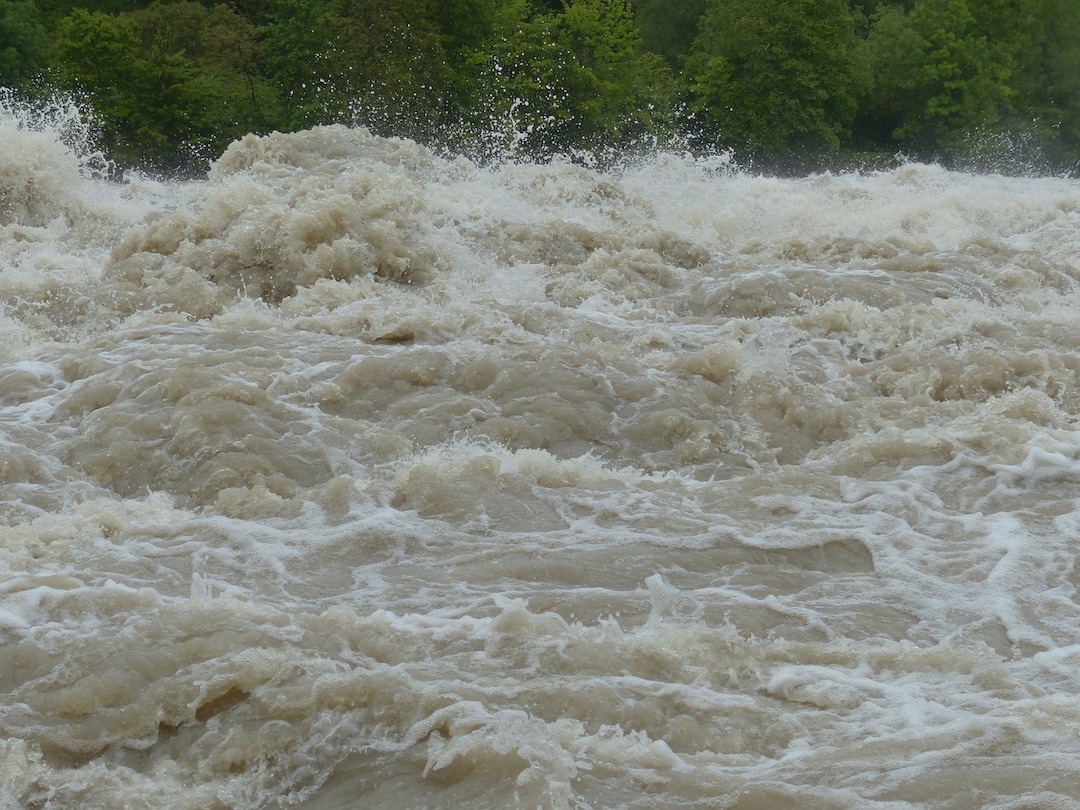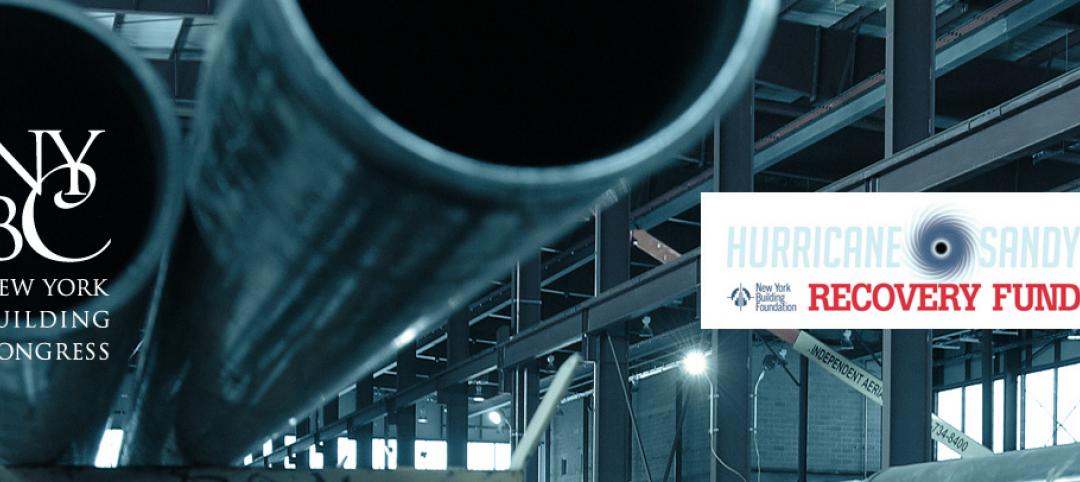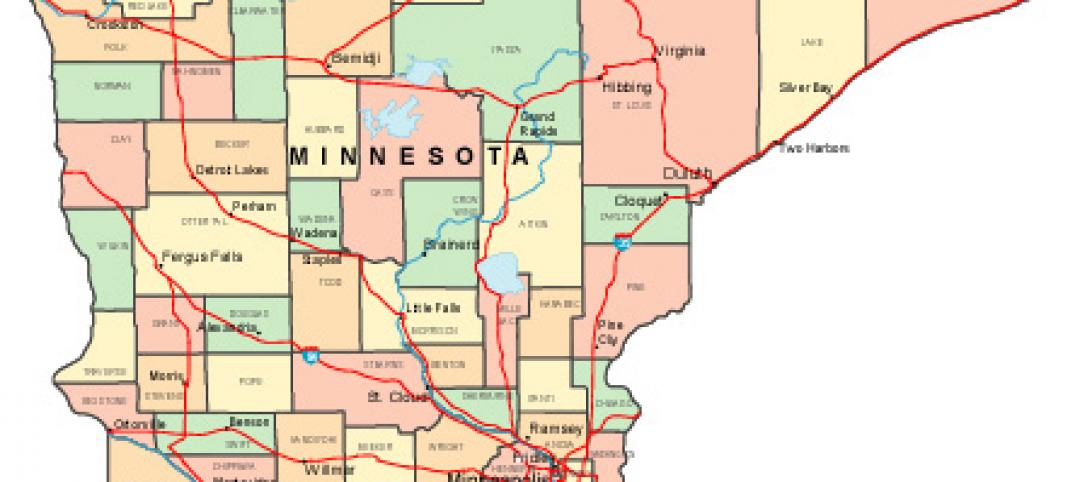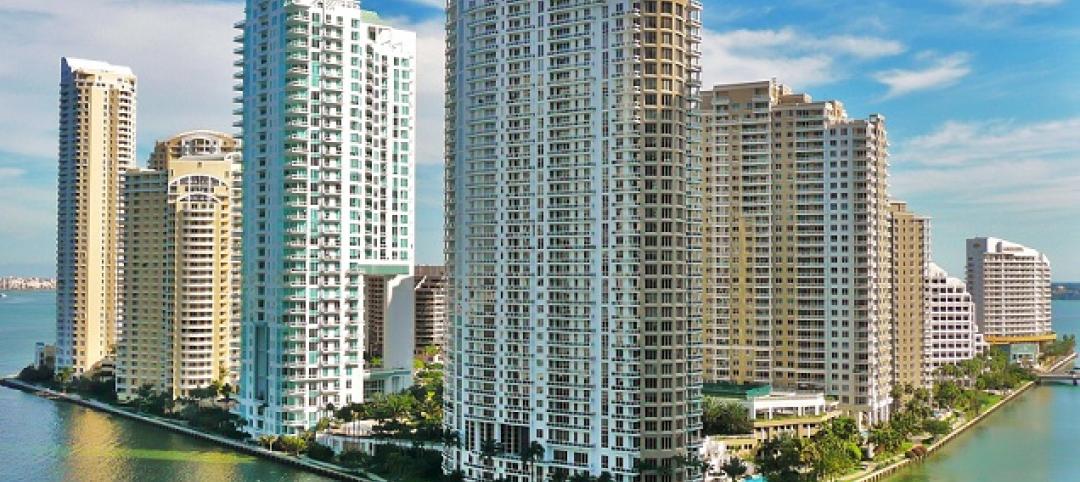Recent storms such as Hurricanes Ida and Henri that claimed dozens of lives due to flooding point to the need for cities to increase efforts to stem the impact of heavy rainfall.
The recent storms support the notion that climate change is making the impact of large storms worse. The atmosphere holds more water as temperatures rise. The air becomes 4% more saturated with water for every 1-degree Fahrenheit that the planet warms. Thus, the heaviest downpours in the Northeast now drop 55% more rain compared to those events in the 1950s, according to the most recent National Climate Assessment.
Better data about flood risks could help cities make massive rainfall events less deadly, but data gathering has not kept up with the latest conditions. The Federal Emergency Management Administration’s flood maps are outdated and don’t account for the kind of flooding directly caused by extreme rainfall.
Cities must upgrade urban stormwater infrastructure including street-level drains, concrete sewers that can capture and hold water, roadside ditches, and flood-control reservoirs to cope with the new reality. In addition, more green spaces could help absorb some rainfall, preventing it from entering drains. These steps can help, but it remains to be seen if it is even possible to engineer our way to 100% protection against flooding.
Related Stories
| Nov 29, 2012
New York contractors say they will pay tax despite a court ruling that the tax is unconstitutional
The New York Building Congress says it will voluntarily pay a tax declared unconstitutional by the courts because, it says, the money is vital to maintaining the city’s transportation infrastructure.
| Nov 29, 2012
Storms like Sandy highlight the need for stricter codes, says insurance expert
Experts on insurance, weather, and catastrophe modeling say the role of climate change in Hurricane Sandy and future storms is unclear.
| Nov 29, 2012
Quake simulation to test concrete building's strength in California
Researchers aim to gauge how buildings constructed with reinforced concrete withstand an earthquake by conducting a simulation test at a two-story building built in the 1920s in El Centro, Calif.
| Nov 29, 2012
AGC offers stormwater compliance webinar
An effective document management system is necessary to stay in compliance with new and forthcoming stormwater runoff requirements, says the Associated General Contractors of America.
| Nov 29, 2012
Government policies help accelerate adoption of green building
Green procurement policies or green building mandates can help accelerate the adoption of green building practices, according to research by Timothy Simcoe and Michael Toffel.
| Nov 26, 2012
Minnesota law to spur development, job creation produced few jobs
Legislation that allowed local governments to direct excess property tax dollars from tax-increment financing districts into other private developments was supposed to kick-start construction hiring in Minnesota.
| Nov 26, 2012
How to boost resilient systems that are sustainable
Cities of the future can be both more resilient and more sustainable by promoting strategies that include solar power and green roofs, programs that minimize demand for energy, rain gardens, and permeable pavement.
| Nov 26, 2012
Developer of nation’s first LEED platinum skyscraper focuses on carbon reduction
The Durst Organization, the developer of the first LEED platinum certified skyscraper in the country, says it will not seek LEED certification for its residential pyramid planned for New York’s West 57th Street.
| Nov 26, 2012
Questions linger over ability of Miami's newer high-rises to withstand hurricanes
Some towers in Miami, rebuilt after a hurricane in 2005, were allowed to be constructed under older building codes instead of newer ones created after Hurricane Wilma.















